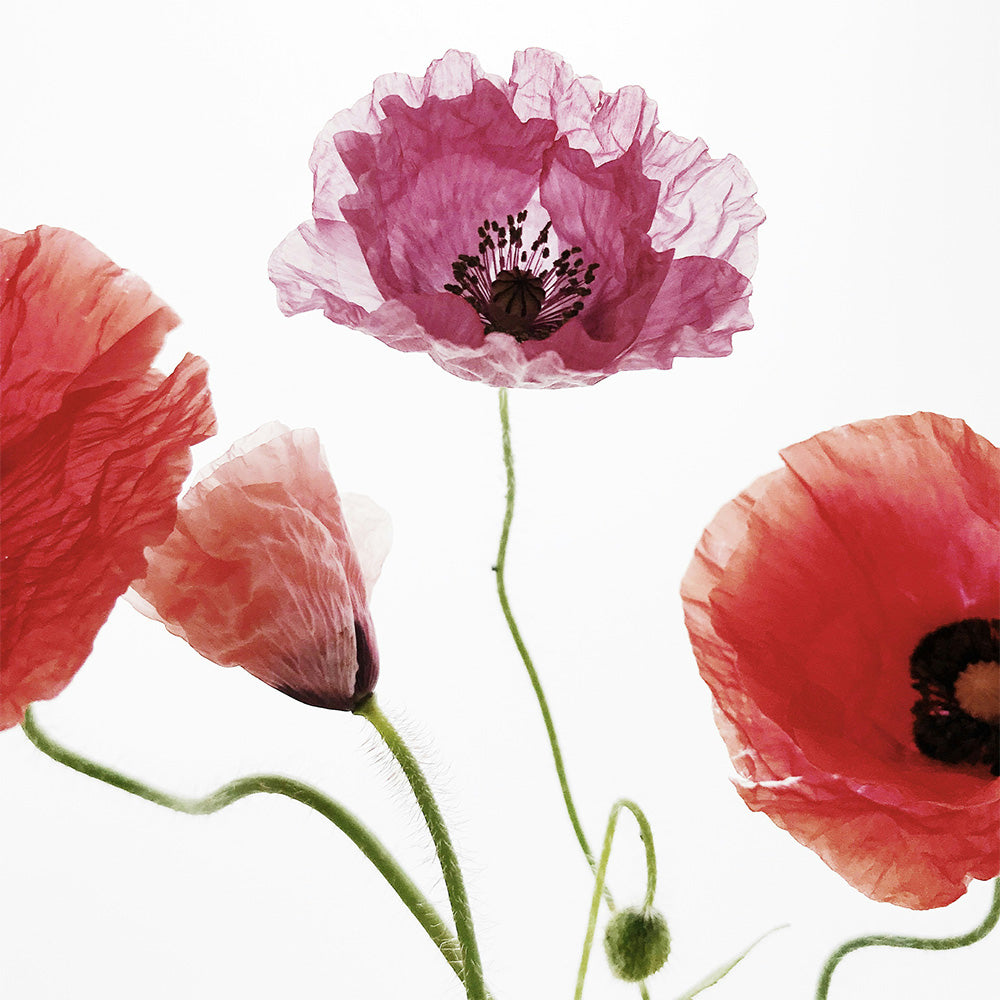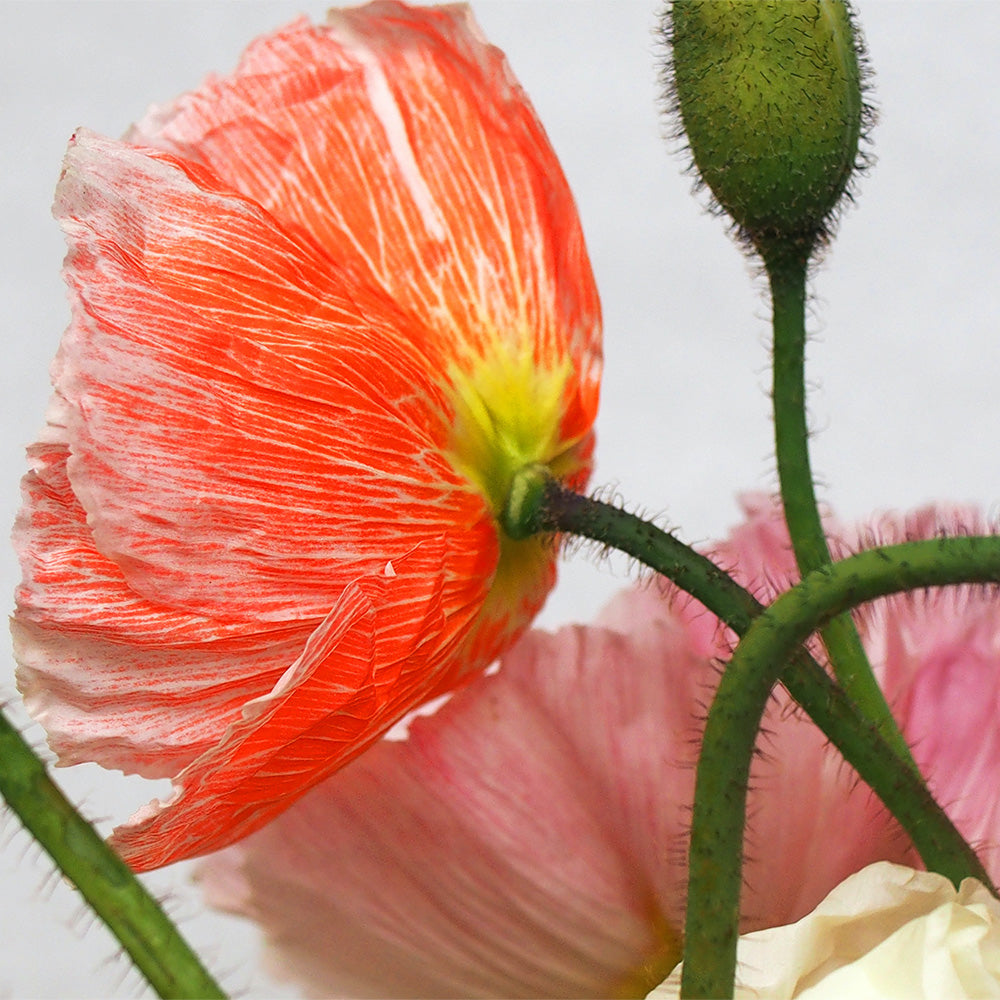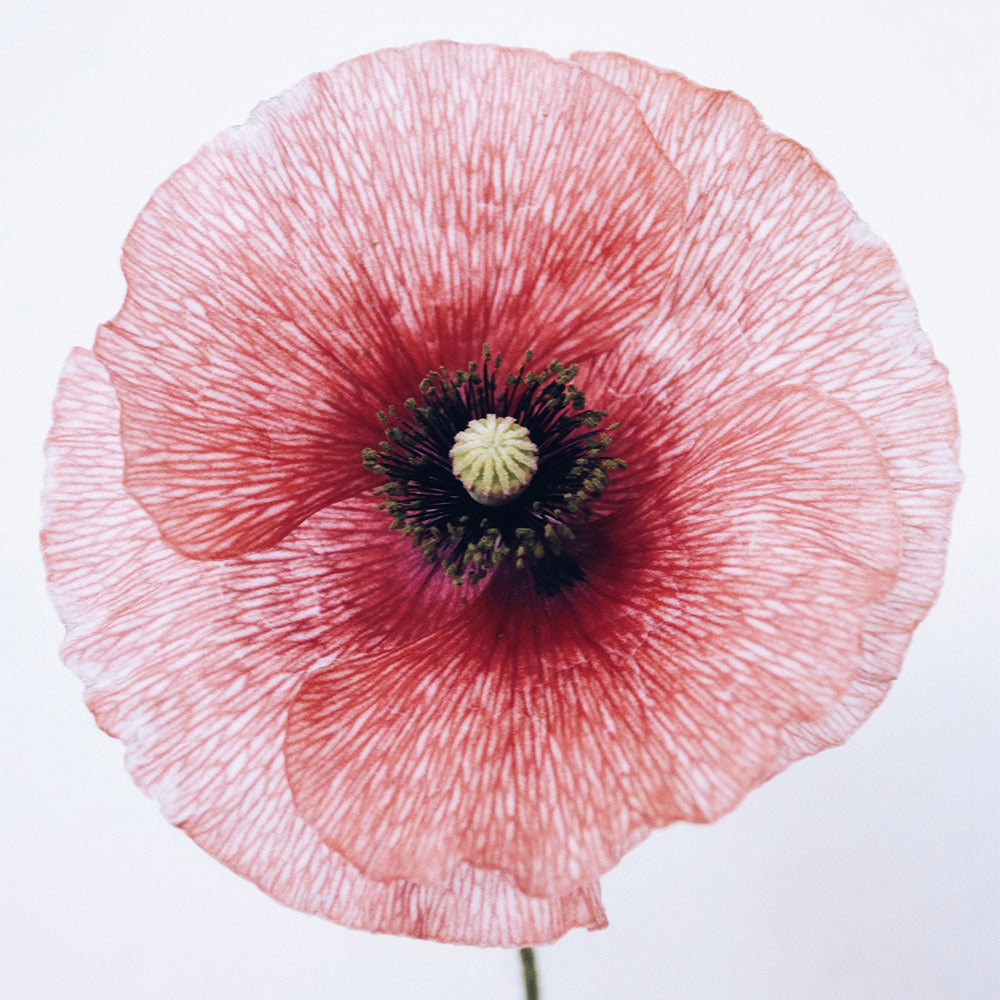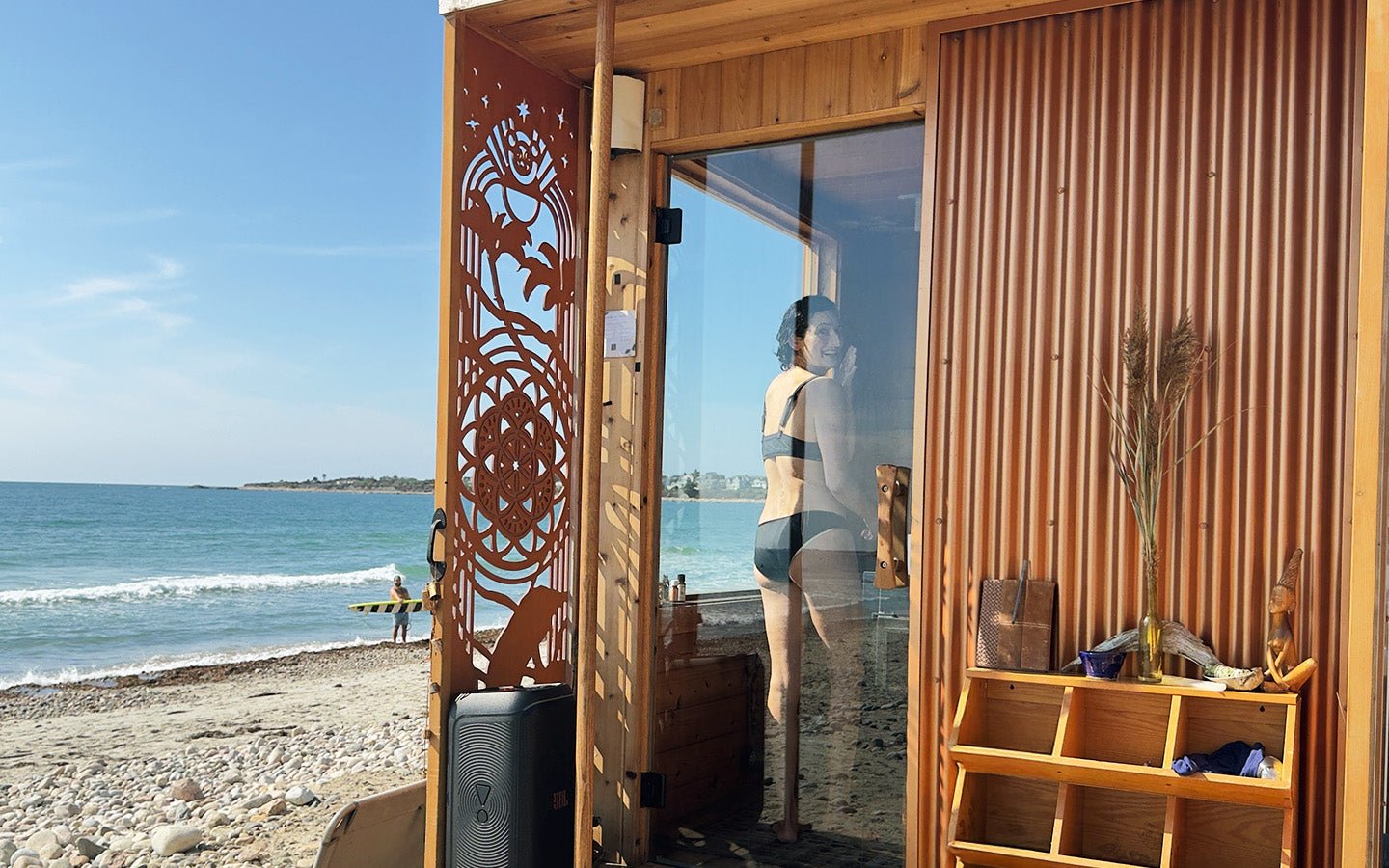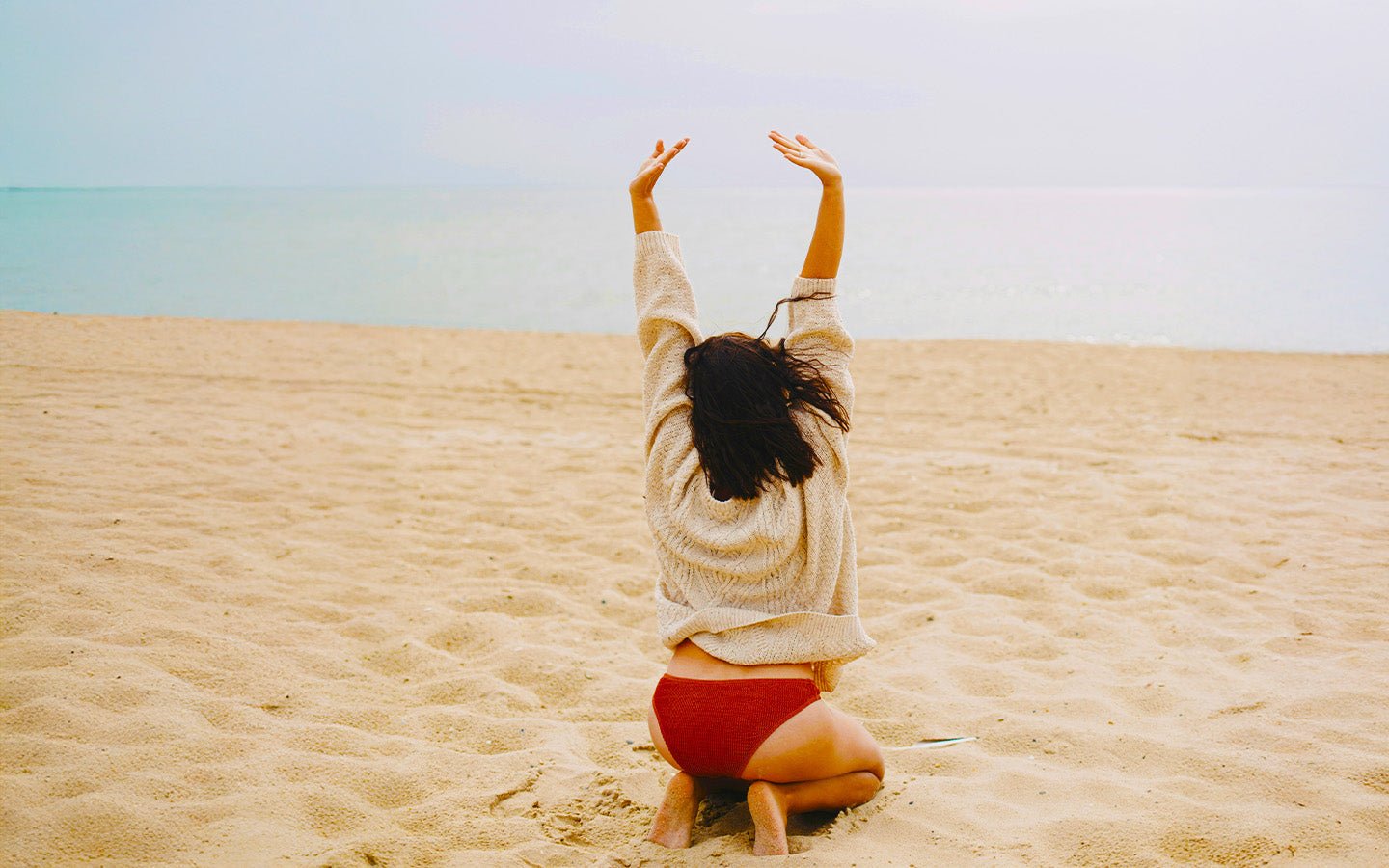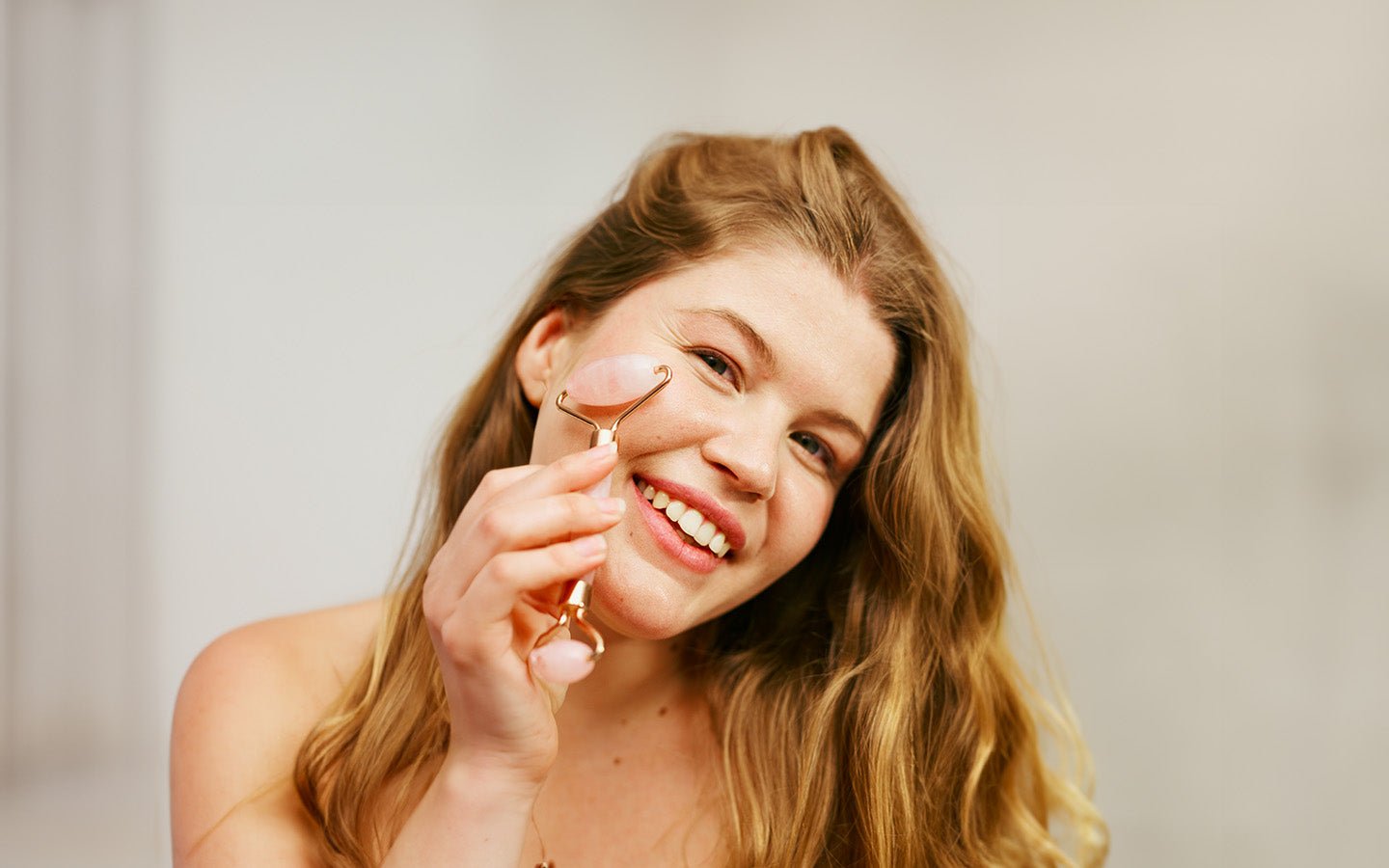
How to Depuff Your Face: 7 Ways to Reduce Facial Bloating
Waking up with a puffy, bloated face is a common annoyance. Whether from lack of sleep, dehydration, or diet, facial puffiness can make you feel tired and uncomfortable. Luckily, you can use several easy remedies at home to quickly depuff your face and boost your lymphatic drainage for radiant, glowing skin.
Understanding Facial Puffiness
When your face gets puffy, it's because there's too much liquid hanging out in the tissues of your face, making it swell up. This puffiness can happen for a bunch of reasons like getting swollen from irritation, not catching enough Zs, holding onto water more than usual, or having an allergic reaction.
It's super important to figure out why you're experiencing this facial swelling so you can tackle it head-on. Things like drinking too much alcohol, eating lots of salty foods, or even how you sleep can play a big part in causing that puffiness. By understanding what leads to the swelling on your face better and adjusting how you take care of yourself accordingly, aiming at those specific causes will help calm down that puffiness effectively.
The Science Behind Swollen Features
When your face swells up, it's usually because of a mix-up involving inflammation, holding onto more water than usual, and issues with the lymphatic system not doing its job right. The blood vessels in your face can get wider, which means more blood and extra fluid end up hanging around in your facial tissues.
If the lymphatic system—which is super important for getting rid of any extra fluid—doesn't work properly, you'll notice even more puffiness in your face. By understanding what causes our faces to swell like this, we can figure out how to naturally reduce that puffy look by tackling the main reasons behind it.
Preparing to Depuff Your Face Naturally
Before we jump into how to reduce puffiness in your face the natural way, it's key to get ready and make sure you have everything you need. Start by getting familiar with facial massage methods and gua sha tools. Having cold water and ice cubes handy is also a must.
On top of that, ensure you've got the right skincare stuff like green tea, masks made of ice for your face, and moisturizing serums or creams. With all these necessary tools and ingredients prepared ahead of time, tackling facial puffiness will be a breeze.
Step-by-step Guide to Naturally Depuff Your Face
Start by using a cold compress to shrink your blood vessels and help with swelling. Gentle facial massage or gua sha can encourage lymphatic drainage, which helps get rid of excess fluid. Think about eating less salt to avoid holding onto water in your body.
Facial exercises can also improve circulation and strengthen the muscles in your face. Lastly, drinking plenty of water and getting good sleep are key for reducing puffiness and keeping your skin healthy.
Step 1: Apply a Cold Compress
To start easing puffiness in your face the natural way, try using a cold compress. You can make one with cold water or by wrapping ice cubes in a soft cloth. The chill from the compress makes blood vessels tighter and helps bring down swelling.
Just press it gently against different parts of your face like your cheeks, eyes, and jawline for short periods. Doing this several times a day can really help. Adding this step to your skincare routine is great for keeping facial puffiness at bay.
Step 2: Sleep on Your Back
Sleep on your back with your head elevated using an extra pillow to prevent facial bloating. Side and stomach sleeping positions allow fluid to accumulate in your face. Conversely, back sleeping with your head slightly raised reduces the chance of fluid retention in your face, even if you're dehydrated.
Step 3: Dietary Adjustments for Long-term Benefits
Consider changing what you eat to help with puffiness in your face over time. Go for foods that are low in salt to avoid holding onto water. Eating things like oranges and lemons, which have a lot of vitamin C, helps make collagen. This keeps your skin stretchy.
Drinking green tea can reduce swelling, eliminate toxins, and keep you hydrated. Avoid drinking too much alcohol and consuming too much salt; this helps keep the fluids in your body balanced.
Adding foods that fight inflammation, such as berries and stuff rich in omega-3 fats, is great for keeping your skin healthy. When you take care of yourself by eating well, it shows up as better-looking skin.
Step 4: Incorporate Facial Gua Sha Massage
Adding facial gua sha massage to your daily routine is a great way to reduce puffiness in your face. These exercises boost blood flow and firm muscles and help with lymphatic drainage, which keeps fluid from building up and makes your face look less puffy.
Start with a clean face. Wash your face with a gentle cleanser to remove any dirt, oil or makeup.
Apply a facial oil, serum or light lotion to help the gua sha tool glide smoothly over your skin without tugging. Reapply as needed during the massage.
Perform each stroke 3-5 times per area, always moving in an upward motion, going with the flow of lymphatic drainage. Use light pressure around the eyes.
- Neck: Start at the collarbone and stroke upward to under the ear on both sides. This encourages lymphatic drainage.
- Jawline: Place the tool at the center of your chin and sweep along the jawline up to the ear. Repeat on the other side to help define the jaw.
- Cheeks: Glide the tool from the side of the nose, over the cheeks, and up to the temple. This helps drain puffiness.
- Under Eyes: Very gently sweep the tool from the inner corner of the eye outward to the temple to reduce under eye bags.
Step 5: Use a Cold Face Roller
Depuff your face easily with a cold facial roller. Store a jade roller in the freezer overnight, then use it for a morning face massage to stimulate skin and lymph nodes. This lymphatic drainage technique boosts collagen, improves circulation and constriction, and reduces facial bloating. For an even more effective massage, pair the roller with a gua sha as outlined above.
Step 6: Try an Ice Cold Facial Bath
Create an ice bath in a sink or bowl with plenty of ice in some water and submerge your face for ten to twenty seconds at a time, or you can gently massage your face with an ice cube. The key is that cold temperatures, whether from an ice bath for the full body or targeted facial icing, reduce inflammation and fluid retention that lead to facial puffiness.
Step 7: Ensure Adequate Hydration and Sleep
To keep your face from puffing up, it's really important to stay hydrated and get plenty of sleep. When you don't drink enough water, your body holds onto the water it does have, which can make your face look swollen. So, drinking lots of water during the day is key for keeping both your body and skin from getting dehydrated.
Getting a good night's rest matters just as much. Not sleeping enough can cause your body to hold onto fluids and become inflamed, making puffiness worse. Experts suggest that seven to nine hours of solid sleep every night is best. Also, sleeping in a cooler room might stop fluid buildup overnight so you wake up less puffy.
By focusing on staying hydrated and getting enough restful sleep each night helps with lymphatic drainage (which gets rid of toxins) along with reducing inflammation—this supports overall health leading to smoother facial features without any swelling or puffiness.
What’s next?
Having a puffy face can be pretty annoying, but don't worry—there's a lot you can do at home to help. With some easy, natural fixes and sticking with them, getting rid of that puffiness is totally possible. Start by using something cold on your face, or try lymphatic drainage massages to get things moving.
Consider regular lymphatic drainage treatments to promote lymph flow and reduce excess fluids around the face, eye area, jawline, legs, and torso. Using massage and French lymphatic drainage technology, you can get your lymph moving, flush your system, enhance your skin tone, supercharge your immune system, and help you look slimmer and rejuvenated.
Eating better, doing lymphatic massage, drinking plenty of water, and ensuring you sleep enough are all key. emember to look into why this might be happening in the first place; take it slow and steady with these habits; they'll pay off if you keep at them as part of taking care of yourself overall.
Frequently Asked Questions
Can allergies cause my face to puff up?
Indeed, allergies might be the reason behind puffiness in your face. When you have an allergic reaction, it can cause swelling and hold onto fluids in your face. By taking antihistamines, you can lessen these symptoms and decrease the puffiness that comes with allergies.
How often should I perform these natural depuffing techniques?
To keep your face looking less puffy, it's important to follow a few simple steps every day. You can make a big difference by doing things like gua sha, cold compresses, and taking care of your skin regularly.
With time and regular practice of these lymphatic drainage methods, you'll likely see that swelling in your face goes down.
Are there any side effects to using these natural remedies?
When you use natural remedies for facial puffiness, they usually don't cause any problems. But it's good to watch for any skin irritation or allergies. If your skin starts acting up after using these remedies, it's a good idea to stop and talk to a doctor.
What is the fastest way to reduce facial puffiness in the morning?
First of all, sleep on your back! But, if you wake up with your face feeling all puffy, grabbing a cold compress is one of the quickest ways to deal with it. Putting something cold on your face helps make the blood vessels constrict and calms down any swelling or puffiness by reducing inflammation.


